EnviroMail 44 Canada - Tetraethyl Lead: Soil Testing and Sampling Artifacts from Entrained Solids in Groundwater
Tetraethyl lead (TEL) in soils almost always co-occurs with residual hydrocarbons from historical gasoline contaminants, which can present serious challenges for its measurement at trace levels.
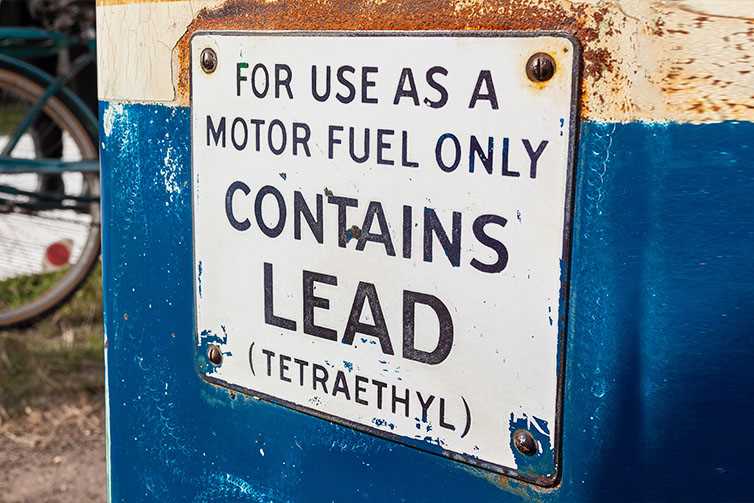
Accurate and reliable measurement of TEL in soils is achieved with the GC-ICPMS method, which virtually eliminates all potential interferences from associated hydrocarbons. For groundwater samples, we have now conclusively shown that entrained solids from poorly-developed or disturbed monitoring wells can cause dramatic false positive artifacts for TEL, similar to what is observed with PAHs.
Tetraethyl Lead History
We briefly summarized the notorious history of TEL in EnviroMail 35. Tetraethyl lead [Pb(C2H5)4] is a moderately volatile organolead additive that increases the octane rating of gasoline. First used in 1923, leaded gasoline ultimately caused serious toxic effects on the global human population due to chronic lead exposure, particularly for children who are more sensitive to lead toxicity. One US study estimated that leaded gasoline removed a collective 824 million IQ points from 170 million US adults alive in 2015, or 2.6 IQ points per adult. Those born between 1966 and 1970 experienced the most significant deficit, with an average decline of 5.9 IQ points per person (McFarland, 2022). Due to toxicity concerns, TEL was phased out of automotive fuels in the USA and Canada by the mid-1990s. However, TEL additives can still be found in single-piston engine aircraft fuels.
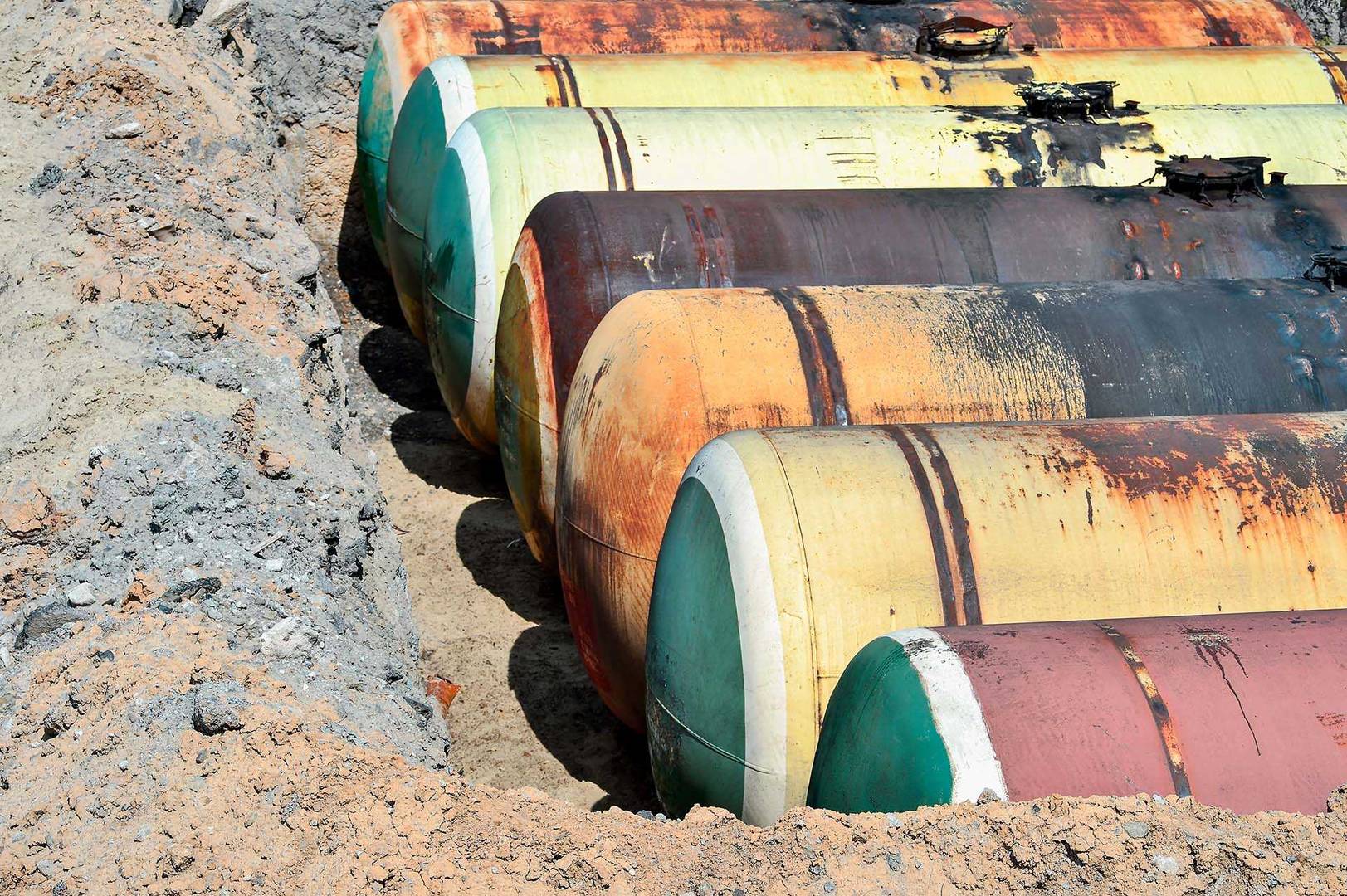
Figure 2. Aging underground storage tanks
Occurrence and Fate of TEL in Soil
TEL contamination in soil was typically caused by leaking underground storage tanks that contained leaded gasoline. When present as discrete substances, TEL and other organolead compounds degrade quickly in waters and soils by hydrolysis, dealkylation, and adsorptive processes. However, ALS experience and published literature agree that the environmental persistence of TEL is almost always associated with the presence of residual hydrocarbons from its gasoline source, which protect TEL from degradation (Mulroy, 2009). As a result, TEL is not expected to be found in environmental water or soil samples except at or near petroleum hydrocarbon contaminated sites that once handled leaded gasoline. Conclusive identification of TEL at a site in Canada is a clear indication of the presence of gasoline-sourced hydrocarbon contaminants originating prior to Dec 1990 (or of leaded aviation fuel, which can be recent). The BC Contaminated Sites Regulation (CSR) limits for TEL in soil are very low, with the lowest standards at 0.0015 mg/kg (agricultural, and residential low density).
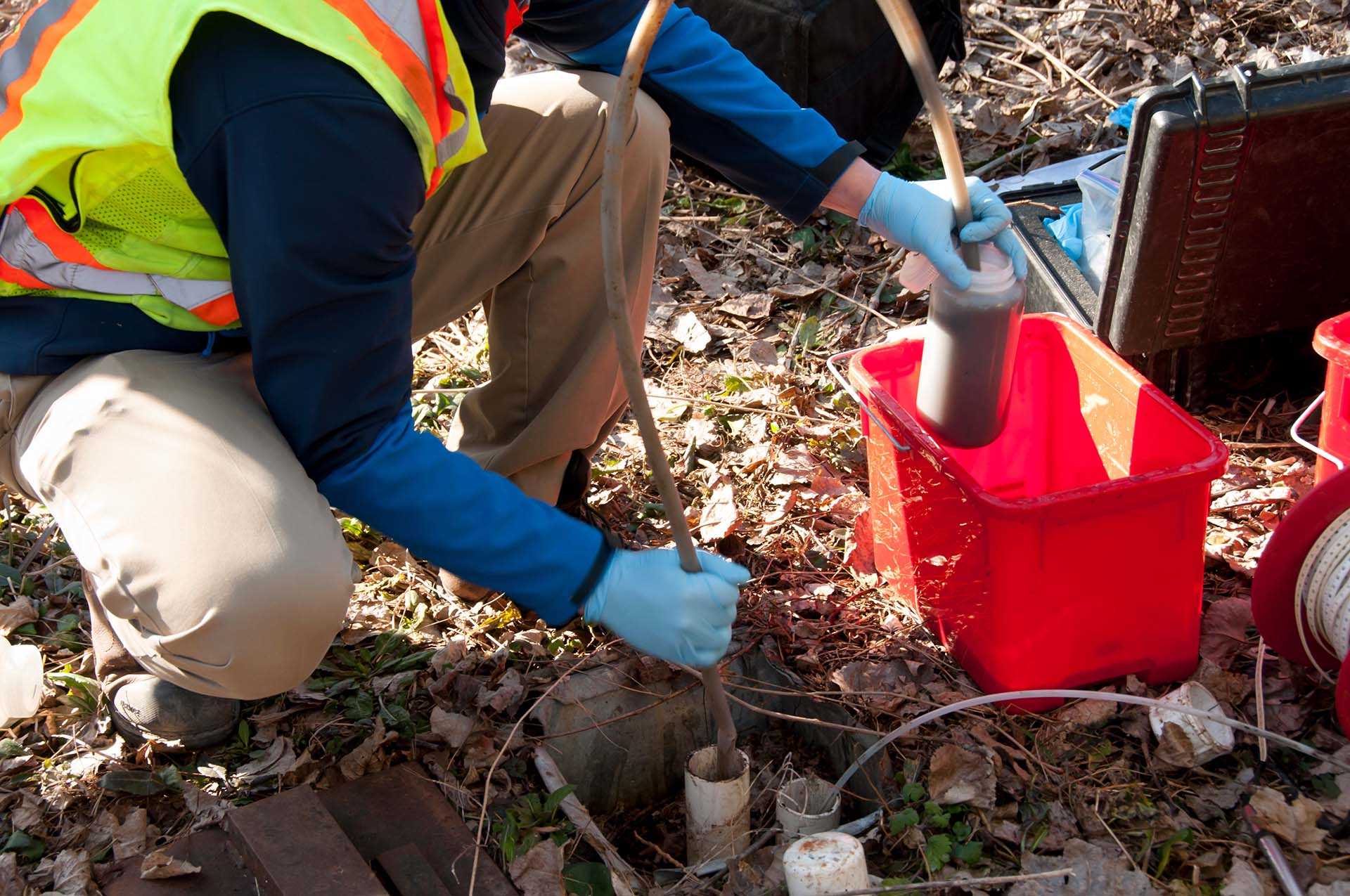
Figure 3. Collection of disturbed groundwater sample
TEL Artifacts from Entrained Solids in Groundwater
In EnviroMail 21, we discussed how PAHs sorbed to soil particles can cause false positives or bias to groundwater samples collected with entrained solids. This can occur with heavy PAHs due their low water solubility and their tendency to sorb to organic carbon. Since TEL also has very low water solubility, and because of its tendency to be stabilized by hydrocarbon-contaminated soils, we postulated that—like PAHs—false positives for TEL could also occur in groundwater collected with entrained solids at sites contaminated with TEL. To confirm our theory, we collaborated with one of our clients, who collected groundwater samples from several monitoring wells at a site known to be impacted by hydrocarbons and TEL. At each well, samples were collected in two ways: a first sample (low-TSS) was collected following best practices to minimize the amount of disturbed sediment in the well; then a second sample (high-TSS) was collected with intentional disturbance and inclusion of suspended solids. Each sample was then tested for TEL, PAHs, and TSS.
| MW-1, Low-TSS |
MW-1, High-TSS |
MW-2, Low-TSS |
MW-2, High-TSS |
|
| Total Suspended Solids [TSS] - mg/L | 13 | 138,000 | 130 | 3,780 |
| Tetraethyl lead - ng/L | 2.91 | 34,100 | 0.27 | 30.6 |
| Benzo(a)pyrene - µg/L | <0.0050 | 0.358 | <0.0050 | 0.0689 |
| PAHs, high molecular weight* - µg/L |
<0.030 | 6.15 | <0.030 | 0.603 |
| * list of 10 PAHs, as per BC Approved Water Quality Guidelines. | ||||
Table 1 shows test results for two of our test wells (MW-1 and MW-2) which showed clear and substantial increases in both TEL and heavy PAHs due to entrained solids, with the samples pictured in Figure 4. The ratio increases in TSS between the low-TSS and high-TSS samples were similar to the ratio increases of TEL, demonstrating a clear correlation in these two samples. In the case of MW-2, the result for TEL in the low-TSS sample was below the BC CSR standard of 1 ng/L, but the high-TSS sample result exceeded the standard by thirty times. Although this correlation was not seen in all sample pairs, these observations demonstrate that entrained sediment in poor-quality groundwater samples can potentially cause significant false positives or high bias to TEL measurements. Clearly, groundwater sampling protocols should aim to minimize disturbed solids included in samples to reduce the potential for false exceedance of TEL and PAH groundwater standards.
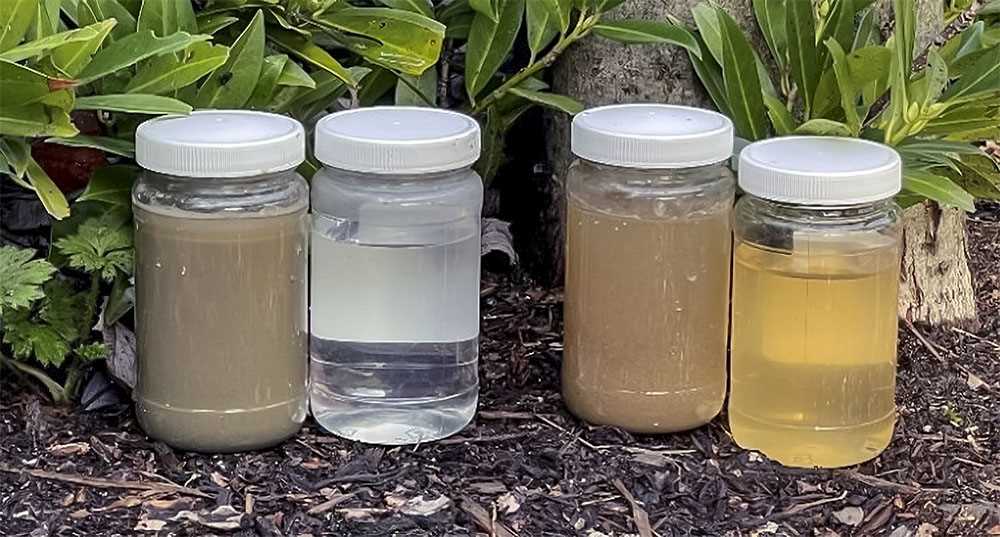
Figure 4. ALS TEL study sample pairs: MW-1 (left), MW-2 (right)
Definitive GC-ICPMS Analytical Method
ALS Canada conducts testing for TEL in water and soils using one of the most sensitive and selective test methods available, combining the powerful laboratory techniques of Gas Chromatography and Inductively Coupled Plasma – Mass Spectrometry (GC-ICPMS). Gas Chromatography physically separates the many volatile organic substances found in solvent extracts of soil or water samples, based on boiling point. After GC-separation in time, ICPMS is used for definitive detection of TEL. Prior to detection, organic compounds eluting from the GC are decomposed in the plasma of the ICPMS into ionized elemental forms, which eliminates any interferences from co-eluting organic substances. The ICPMS unequivocally detects the unique isotopic masses of lead, with no known interferences. The exceptional sensitivity of this technique easily permits the reliable assessment of TEL at ultra-low levels in soils and waters using smaller sample sizes than may be required by alternative methods with less sensitivity or specificity.
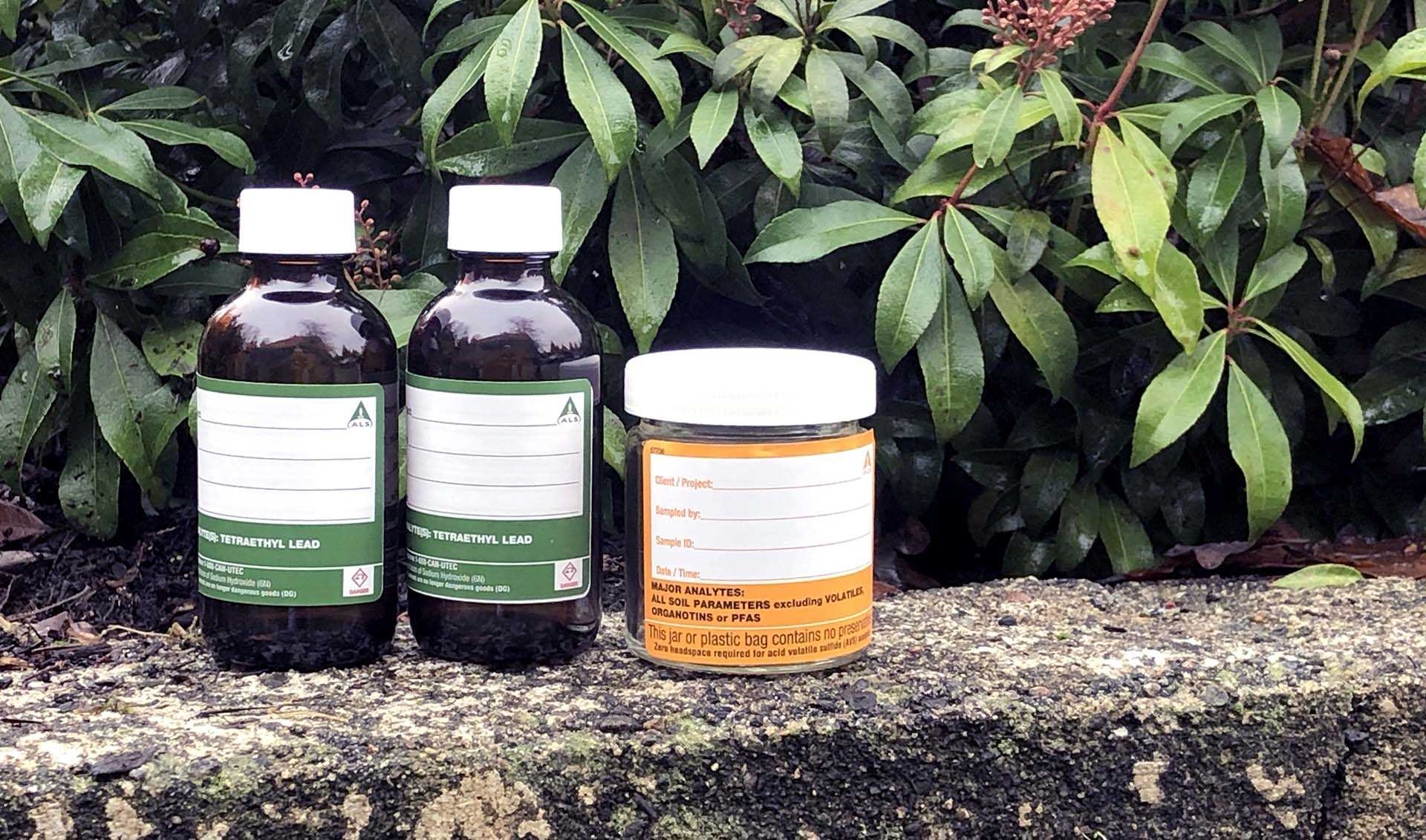
Figure 5. ALS Canada TEL soil and water sample containers
Sample Collection Guidance
Water samples for TEL analysis by the ALS Canada GC-ICPMS method should be collected in 100 mL amber glass containers with Teflon-lined septa (two per sample, as shown in Figure 5) with zero headspace. The use of small sample bottles simplifies the collection of high-quality undisturbed groundwater samples (e.g., by low-flow sampling techniques). Sample containers are pre-charged with sodium hydroxide preservative, which must not be rinsed out during sampling. Soil samples are collected in clear glass 125 mL soil jars with minimal headspace, which can also accommodate most tests for routine organics. Although TEL is moderately volatile, it is incompatible with field methanol preservation, and for sampling purposes it is treated as a semi-volatile organic compound (SVOC). Refer to Table 2 and to the ALS Sample Collection Pocket Guide for additional details.
| Waters | Soils | |
| Sample Container | 2 x 100 mL amber glass, Teflon-lined septa |
125 mL soil jar, Teflon-lined cap |
| Preservation | Sodium Hydroxide (pH>12), pre-charged, zero headspace |
None, minimize headspace |
| Hold Time | 14 days to extraction, 40 days for solvent extract |
|
| Storage Temperature |
≤ 6°C (≤ 10°C in transit to laboratory) | |
| Test Method | GC-ICPMS | |
| ALS Test Code | E545 | |
| Limit of Reporting | 0.0002 µg/L | 0.0002 mg/kg |
The ALS Vancouver laboratory holds ISO 17025 accreditation through CALA for TEL in waters and soils; refer to the ALS Vancouver CALA scope of accreditation for current status. Quantitative TEL testing of free gasoline or other hydrocarbon products by the same GC-ICPMS test method can also be provided.
Please contact your ALS Canada Project Manager for more information or to arrange for sample containers.
References:
- Mansell, R.S., Ou, L., Rhue, R.D., Ouyang, Y. (1995). The Fate and Behavior of Lead Alkyls in the Subsurface Environment. Battelle Memorial Institute.
- McFarland, Michael J. et al. (2022). Half of US Population Exposed to Adverse Lead Levels in Early Childhood. Proceedings of the National Academy of Sciences (PNAS), 119(11).
- Mulroy, P.T. and Ou, L.-T. (2009). Degradation of Tetraethyllead During the Degradation of Leaded Gasoline Hydrocarbons in Soil. Environmental Toxicology and Chemistry, 17(5) 777-782.





















































